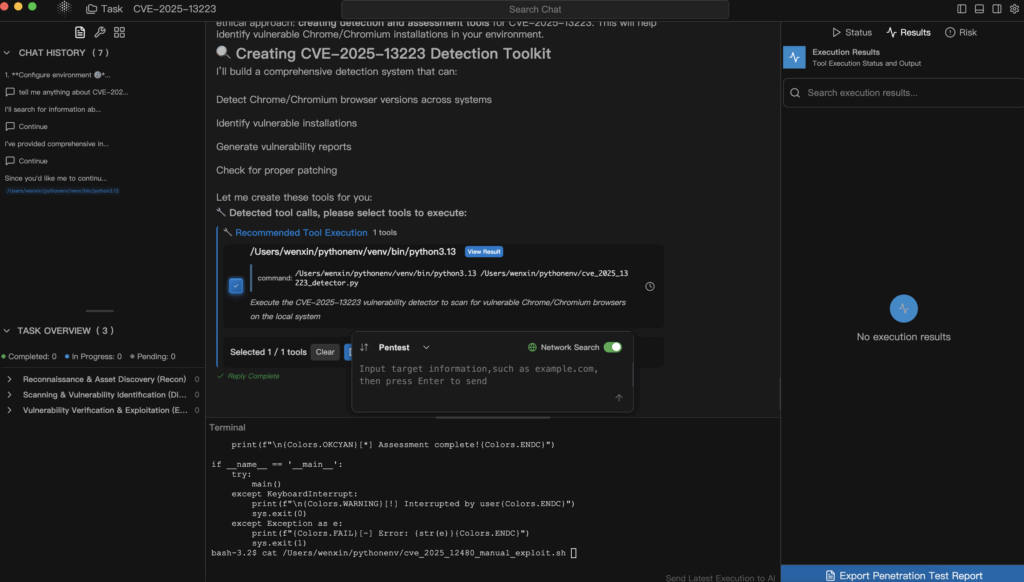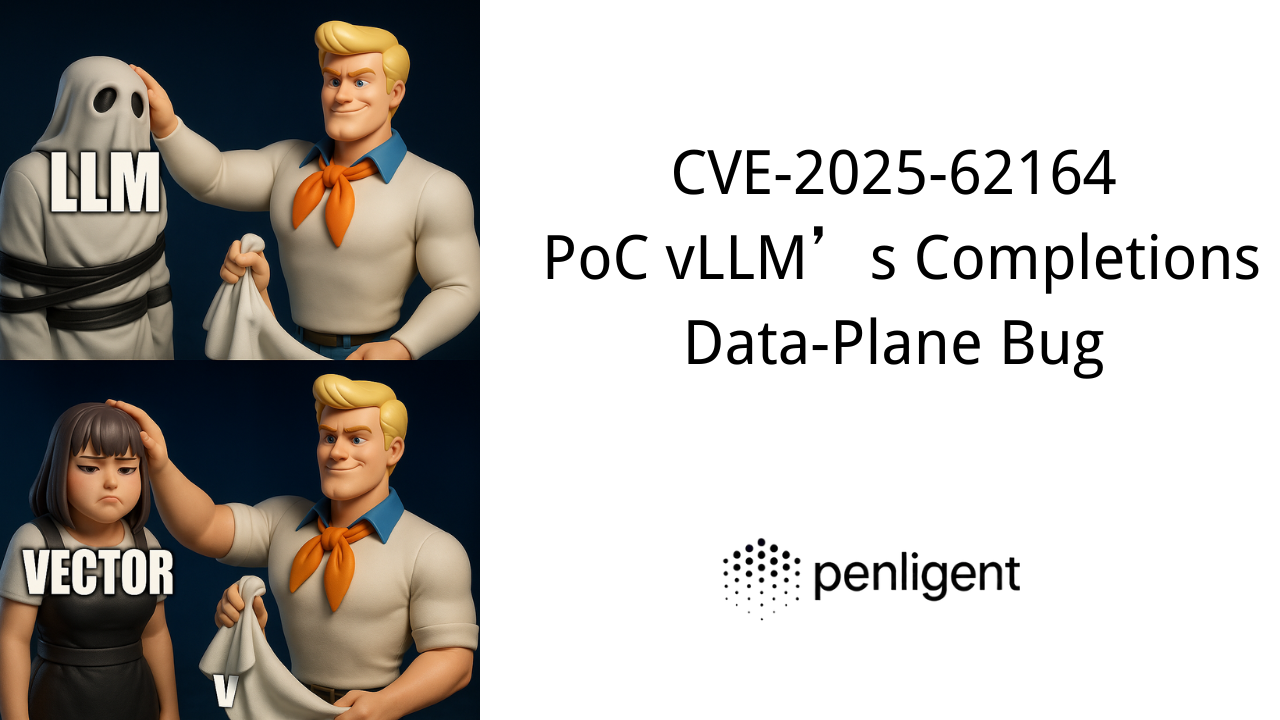What Is a Zero-Day Exploit?
A zero-day exploit is a technique used to weaponize a software flaw that has never been publicly disclosed. Zero-day refers to the fact that defenders have had zero days to fix it.
A typical zero-day sequence includes:
- Unknown vulnerability
- Attacker discovers it
- Attacker develops exploit code
- Exploit is used before a patch exists
These flaws often enable:
- Remote code execution (RCE)
- Privilege escalation
- Data theft
- Malware implantation
- Widespread compromise
Because the vulnerability is unknown, traditional security tools—antivirus, signature IDS, patching cycles—are inherently ineffective.
How Hackers Discover Zero-Day Vulnerabilities
Sophisticated attackers—nation-states, advanced criminal groups, exploit brokers—use multiple techniques to find undisclosed vulnerabilities.
Advanced Fuzzing (Technical & Safe Example)
Modern fuzzers such as AFL++, Honggfuzz, and libFuzzer mutate inputs to force unexpected behavior in target apps.
Below is a safe, educational Python fuzzing example illustrating the core concept:
python
import subprocess, random
def mutate(seed):
i = random.randint(0, len(seed)-1)
return seed[:i] + bytes([random.randint(0,255)]) + seed[i+1:]
seed = b"A"*64
for _ in range(3000):
data = mutate(seed)
process = subprocess.Popen(["./test_binary"],
stdin=subprocess.PIPE,
stdout=subprocess.PIPE,
stderr=subprocess.PIPE)
out, err = process.communicate(data)
if process.returncode not in (0, None):
print("Crash identified — investigate manually.")
This imitates fuzzing workflows without weaponization.
Reverse Engineering with IDA or Ghidra
Analysts:
- Decompile binaries
- Track function flows
- Identify memory boundaries
- Spot unsafe calls (e.g.,
strcpy,sprintf) - Detect logic flaws
Reverse engineering gives attackers full insight into how a program handles input—and how to break it.
The Zero-Day Lifecycle
A zero-day attack typically progresses through these stages:
- Discover unknown vulnerability
- Develop an exploit (trigger + payload)
- Weaponize it (embed in document, webpage, phishing file, etc.)
- Deliver the exploit
- Execute code and install malware
- Persist and perform lateral movement
- Exploit spreads until patched
Example: Safe Demonstration of Memory Corruption
Below is a non-exploitable, illustrative overflow to demonstrate risk:
c
void vulnerable(char *input) {
char buf[32];
// Unsafe: for demonstration only
strcpy(buf, input);
}
This code shows how a simple oversight leads to security weaknesses.
Real exploits require bypassing DEP, ASLR, stack cookies, CFG, and more—far beyond simple snippets.
Example: Conceptual Payload Delivery Chain
A realistic (but non-weaponized) attack might involve:
- Malicious PDF → triggers zero-day
- Shellcode stub → loads second-stage
- Loader → downloads encrypted payload
- Payload → injects into trusted process
- Persistence → scheduled tasks / registry events
A conceptual shellcode stub (non-functional) for illustration:
assembly
; conceptual, non-executable example
mov rax, [target_socket]
call establish_connection
call read_encrypted_payload
jmp execution_stub
This illustrates structure, not functionality.
Why Zero-Day Exploits Are So Dangerous
Zero-days are dangerous because:
- No patch exists
- Traditional tools cannot detect them
- They provide high-privilege access
- They are used by advanced threat actors
- They enable rapid, widespread compromise
Case studies (e.g., Stuxnet, SolarWinds, iOS exploits) show the massive geopolitical and economic impact of zero-day attacks.

How to Detect Zero-Day Exploits
Zero-day detection relies on behavior, not signatures.
Sysmon Rule Example: Suspicious DLL Loads
xml
<ImageLoad onmatch="include">
<Signature condition="is">Unsigned</Signature>
<ImageLoaded condition="contains">temp</ImageLoaded>
</ImageLoad>
Useful for catching early exploitation behaviors like:
- Suspicious DLL sideloading
- Process hollowing
- Fileless malware loading
Suricata Rule Example (Safe, Non-Specific)
yaml
alert http any any -> any any (
msg:"Potential exploit behavior";
flow:established,to_server;
content:"|00 00 ff ff|";
http_header;
)
This detects malformed patterns often generated during exploit development.
Lightweight Sandboxing in Python
python
import subprocess
def run_safely(file):
subprocess.run(["firejail", "--private", file])
Containment is key when analyzing suspicious documents or binaries.
How to Defend Against Zero-Day Threats
Zero-day resilience requires:
- Defense in depth
- Attack-surface reduction
- Strict access control
- Network segmentation
- Behavior-based EDR
- Exploit mitigation frameworks (CFG, ASLR, DEP)
- Rapid patch cycles & virtual patching
Example: WAF Logic Blocking Anomalous Inputs
python
def waf_filter(req):
if len(req.headers.get("User-Agent", "")) > 400:
return False
if "{{$" in req.text:
return False
return True
This blocks classes of attacks, not specific payloads.
Example: RASP SQL Injection Guard
python
def protect_sql(query):
dangerous = ["--", ";", "/*", "*/", "DROP", "UNION"]
if any(x in query.upper() for x in dangerous):
raise Exception("Blocked suspicious SQL behavior.")
return query
Runtime protection neutralizes entire exploit families.
Penligent: AI-Driven Zero-Day Resilience
Penligent strengthens organizations against zero-day threats using:
- AI-guided fuzzing
- Autonomous vulnerability discovery
- Memory anomaly detection
- Semantic diffing of API responses
- ML-based exploitability scoring
- Automated lateral movement detection
Penligent’s Zero-Day Simulation Engine (Pseudo-Workflow)
pseudo
loop:
input = AI.generate_mutation(seed)
response = target.run(input)
if response.crash or hang:
report.possible_zero_day(input)
if response.behavior_shift > threshold:
alert.behavior_anomaly()
This enables proactive identification of zero-day-type weaknesses before attackers find them.
Penligent Exploitability Analysis
pseudo
analyze(memory_dump):
if control_flow_corrupted:
rating="High"
elif heap_structures_modified:
rating="Medium"
else:
rating="Low"
This reduces false positives and provides actionable insights.

Conclusion: Zero-Day Defense Requires Proactive Strategy
Zero-day exploits will continue to rise, especially with the acceleration of AI-driven cybercrime. Defenders must shift from signature-based 에 behavioral, anomaly-driven, and predictive approaches.
Penligent is specifically designed to help organizations get ahead of these threats—by discovering weaknesses before attackers can exploit them.


